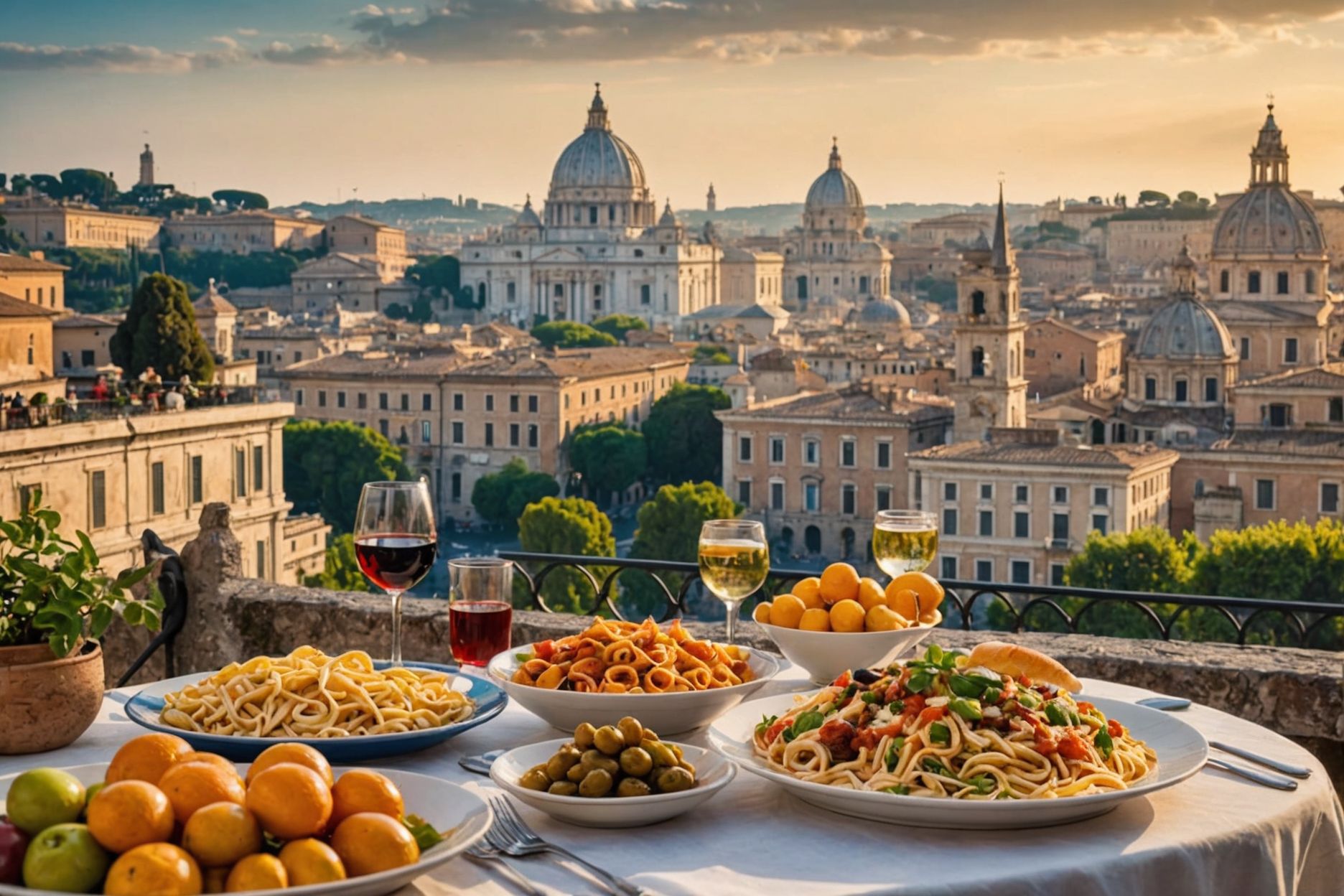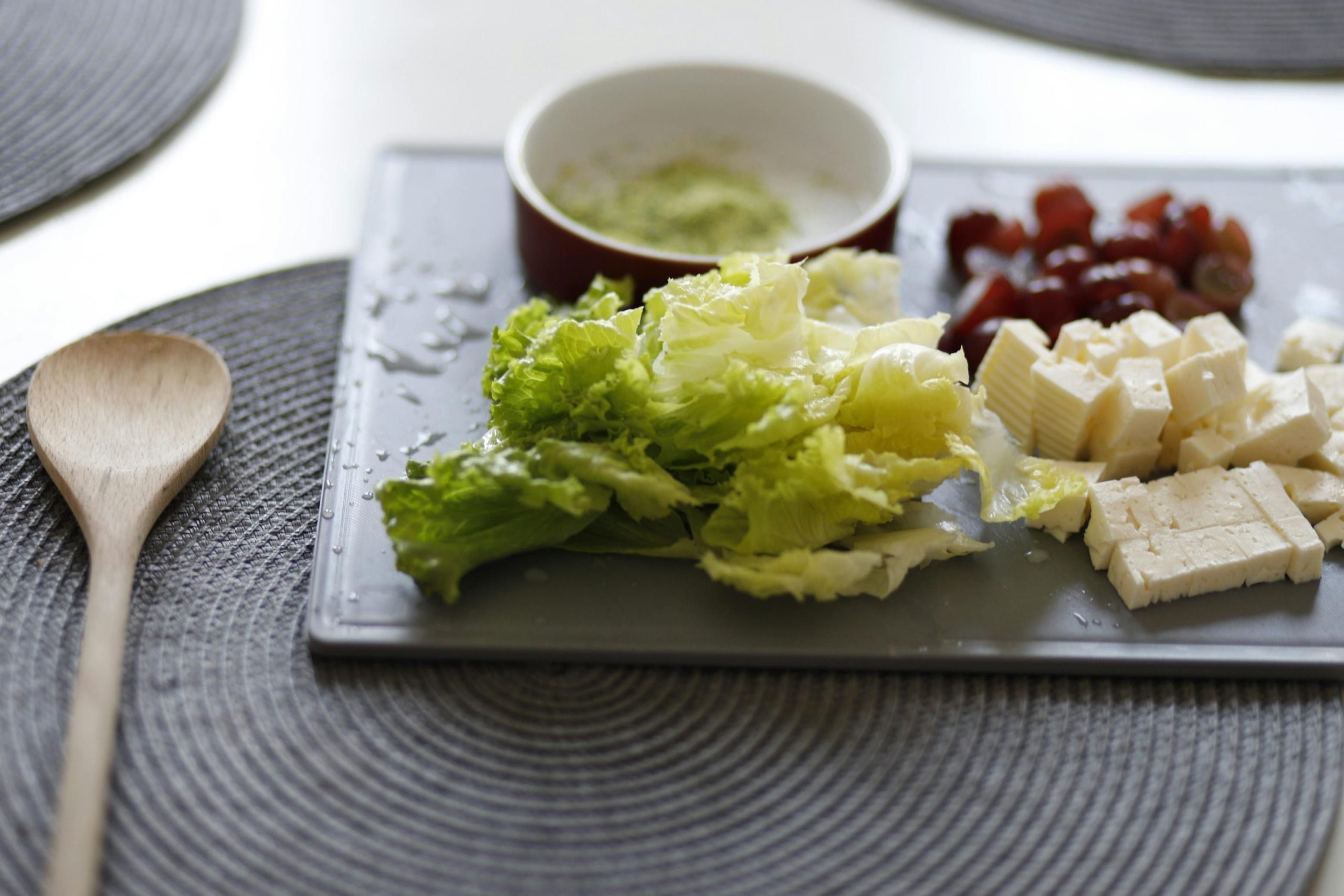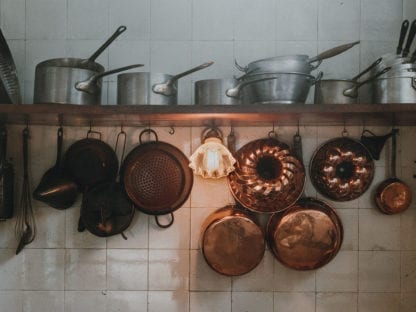Imagine wandering through the cobbled streets of Rome, each turn offering a new tantalizing aroma.
Deciding where and what to eat in this historic city can be overwhelming with its endless options.
Rome offers a variety of traditional dishes from creamy carbonara to crispy, thin-crust pizzas, and not to forget, the rich gelato flavors that are a must-try.
This blog post will guide you through Rome’s culinary landscape, from traditional restaurants and street food spots to the best markets and food tours, ensuring you savor every bite of your Roman adventure.
Traditional Restaurants in Rome: A Culinary Heritage

Rome, a city steeped in history, is equally renowned for its vibrant culinary scene, particularly its traditional restaurants that serve as custodians of Italian heritage. These establishments, often family-run, offer more than just meals; they provide a cultural immersion through flavors that have been cherished and preserved across generations. Traditional restaurants in Rome are not just about eating; they’re about experiencing the rich tapestry of history and tradition that each dish presents. From classic Roman dishes like saltimbocca alla romana to the hearty coda alla vaccinara, these eateries take pride in their authentic recipes and cooking methods that have stood the test of time.
The ambiance of these traditional restaurants also plays a crucial role in delivering an authentic Roman dining experience. Whether it’s a rustic trattoria tucked away in a quaint alley or an elegant osteria overlooking a bustling piazza, each setting offers a unique backdrop that complements the culinary delights served. Visitors are encouraged to embrace the slow dining approach typical of Roman culture where meals are meant to be savored and enjoyed at leisure. Dining in these traditional settings allows one to fully appreciate the craftsmanship behind famous pasta dishes and the locally sourced ingredients that elevate simple meals into memorable dining experiences.
Roman Pasta: A Taste of Tradition

Roman pasta, an emblem of the city’s culinary heritage, showcases the simplicity and depth of local cuisine. Dishes like cacio e pepe or carbonara are not just staples; they are historical narratives on a plate, often made with ingredients like pecorino romano cheese and guanciale that are hallmarks of Roman cooking. The best places to experience these traditional pasta dishes include storied trattorias where handmade pasta and age-old recipes promise a taste of Rome’s storied past. Each forkful of these famous pasta dishes offers a glimpse into the culinary traditions that have shaped Roman culture.
Pizza in Rome: Exploring Local Varieties
Pizza in Rome offers a delightful contrast to its Neapolitan cousin, characterized by a thinner and crispier crust that is a hallmark of Roman-style pizza. Local variations like pizza al taglio, which is sold by the slice and ideal for on-the-go snacking, and pizza bianca, a simple yet flavorful focaccia-style option, are ubiquitous in the city’s food scene. For those seeking authenticity, pizzerias such as 180grammi Pizzeria Romana provide traditional Roman pizza with a crunchy base that perfectly complements a variety of toppings from classic Margherita to more innovative combinations.
Street Food in Rome: Quick Delights on the Go
Rome’s street food scene is as dynamic as it is delicious, offering a myriad of quick bites that are perfect for travelers on the move. Key highlights include supplì, deep-fried rice balls oozing with mozzarella, and porchetta, a savory, herb-filled pork roast served in slices. The Testaccio Market is a popular spot where one can dive into the full spectrum of Roman street foods, from savory snacks to sweet treats like gelato. This vibrant street food culture not only offers convenience but also a tasty insight into the everyday culinary habits of Romans.
Where to Dine in Rome: Top Recommendations
When visiting Rome, dining out is not just about filling your stomach; it’s about experiencing the culinary soul of the city. To truly savor the essence of Roman cuisine, it’s crucial to choose restaurants that emphasize authenticity and quality. Look for eateries bustling with locals, as this is often a sign of genuine and delicious food. Whether it’s a cozy trattoria tucked away in a side street or a vibrant osteria in the heart of a bustling piazza, these places offer a taste of real Roman life. Additionally, don’t hesitate to venture beyond the main tourist areas—some of the best meals can be found where the locals live and dine.
When selecting a restaurant in Rome, consider the menu’s diversity and the freshness of ingredients, which are hallmarks of top-notch Roman eateries. Restaurants that source their ingredients locally or seasonally are likely to offer a more authentic and flavorful dining experience. Also, keep an eye out for daily specials, which often feature the freshest dishes, prepared with what the chef has sourced that morning. From classic Roman pastas like amatriciana and carbonara to succulent lamb dishes and artisanal pizzas, there’s a plethora of flavors waiting to be explored in the Eternal City’s diverse dining scene.
Gelato in Rome: Finding the Finest Flavors

Gelato is not just a dessert in Rome; it’s a cultural icon, woven into the fabric of daily life. To find the finest gelato, seek out artisanal gelaterias where the gelato is made in-house with natural ingredients. Look for seasonal flavors that showcase local fruits and nuts, which often offer a more authentic taste. Some must-try flavors include rich pistachio, creamy hazelnut, and tart citrus fruits. Gelaterias like Fatamorgana are renowned for their innovative and traditional flavors, making them a favorite among both locals and visitors.
Coffee in Rome: Savoring the Local Brew

Rome’s coffee culture is as rich as its history, with traditional cafes dotting the cityscape. For the quintessential Roman coffee experience, visit historic cafes like Sant’Eustachio or Tazza d’Oro, where the aroma of freshly ground beans fills the air. Order a classic espresso to enjoy the robust flavors favored by locals, or a cappuccino if you prefer something a bit creamier. Remember, enjoying coffee in Rome is often a quick affair—savor your drink at the bar for the authentic local experience.
Food Markets in Rome: A Tour of Local Tastes
Exploring food markets in Rome offers a glimpse into the city’s vibrant culinary heritage. Markets like Campo de’ Fiori or Mercato Trionfale are bustling hubs where locals shop for fresh produce, meats, cheeses, and more. These markets are not only places to buy ingredients but also to taste local specialties like porchetta sandwiches or fresh buffalo mozzarella. Take the time to wander through the stalls, sample different foods, and soak in the lively atmosphere that makes Roman markets a must-visit destination for any food lover.
Food Tours in Rome: A Guided Culinary Journey
Embarking on a food tour in Rome is like stepping into a living cookbook, where every street and corner offers a story told through flavors. These organized Rome food tours are crafted to enhance your culinary journey, introducing you to a mosaic of tastes that define the city’s rich gastronomic landscape. From the bustling markets to the hidden trattorias, these tours guide you through the authentic spots that locals cherish. You’ll not only taste but also learn about the origins and traditions behind each dish, making every bite a deeper dive into Roman culture. This immersive experience is perfect for food lovers looking to connect with the city beyond the typical tourist paths.
What sets these food tours apart is the expert guidance of local food enthusiasts who are passionate about sharing their knowledge. They’ll lead you through a variety of experiences, from tasting the freshest ingredients at vibrant markets to enjoying a meal prepared by a renowned local chef. Highlights of the best food tours in Rome include sampling artisan cheeses, sipping on fine Italian wines, and discovering the secrets behind making the perfect pasta. By the end of your tour, you’ll have a profound appreciation of why Roman cuisine is celebrated worldwide, and you’ll carry with you the flavors and stories that make Rome a food lover’s paradise.
Jewish Dishes in Rome: A Taste of History
In the heart of Rome, nestled within the historical Jewish Ghetto, lies a treasure trove of culinary delights known as Jewish Roman cuisine. This area, rich in history and tradition, offers dishes that are not only a feast for the palate but also a reflection of the centuries-old Jewish community in Rome. One of the most iconic dishes you must try is carciofi alla giudia – artichokes fried to a crisp perfection, a specialty that has been savored here for generations. Other notable mentions include kosher meats and unique pastries that blend local Italian ingredients with traditional Jewish cooking methods. Dining in the Jewish Ghetto allows visitors to savor these authentic flavors while gaining insight into the cultural tapestry that has shaped this vibrant community.
Discover More Culinary Adventures with Indulge
While exploring Rome’s culinary delights provides an unforgettable experience, those who find themselves in Zurich can also embark on a gastronomic journey with INDULGE. Just as Rome has its unique flavors and historical dishes, Zurich offers an equally enriching culinary landscape, curated meticulously by INDULGE. Their food tours are designed to introduce food lovers to Zurich’s rich culinary history and its modern innovations in the food scene. Whether you’re a tourist eager to delve into the local cuisine or a local resident looking to rediscover your city’s gastronomic offerings, INDULGE ensures a memorable experience. Here are some highlights of what you can expect:
- Guided tours through Zurich’s Old Town, introducing you to Swiss classics and the stories behind them.
- Exclusive Wine & Dine experiences in Zurich’s industrial heart, offering a sophisticated taste of local and international cuisines.
- A deep dive into the culinary innovations that are shaping Zurich’s food scene today, guided by expert local chefs and sommeliers.
The benefits of choosing INDULGE for your culinary exploration in Zurich are manifold. Not only do you get to taste a wide array of dishes, but you also gain insights into the history and culture behind Zurich’s traditional and modern cuisines. This approach mirrors the enriching experiences one would expect from the best food tours in Rome, making it an excellent choice for those who cherish food not just as sustenance but as a cultural journey. INDULGE‘s tours are crafted to offer a comprehensive look at the culinary delights of Zurich, ensuring that each participant leaves with a deeper appreciation of the city’s gastronomic heritage. So, if your travels take you beyond Rome and into the heart of Zurich, consider embarking on a culinary adventure with INDULGE to discover what makes Swiss cuisine uniquely delightful.
Frequently Asked Questions
Is it worth doing a food tour in Rome?
Yes, embarking on a food tour in Rome is highly recommended as it offers a guided culinary journey through the city’s rich gastronomic landscape. These tours not only allow you to taste a variety of traditional dishes but also provide insights into the origins and traditions behind each dish. With the guidance of local food enthusiasts, you’ll explore authentic spots that locals cherish, making it a profound way to connect with Roman culture beyond the typical tourist paths.
What food not to miss in Rome, Italy?
When in Rome, be sure not to miss traditional dishes such as carbonara, crispy thin-crust pizzas, and gelato. Other must-try items include Roman pasta dishes like cacio e pepe, supplì (deep-fried rice balls filled with mozzarella), and carciofi alla giudia (crisply fried artichokes) available in the historical Jewish Ghetto. These dishes offer a taste of Rome’s rich culinary heritage and are essential for a complete Roman dining experience.
How to eat well in Rome?
To eat well in Rome, focus on selecting restaurants that emphasize authenticity and quality, often indicated by a bustling presence of locals. Opt for eateries that source ingredients locally or seasonally to enjoy a more authentic and flavorful dining experience. Additionally, embracing the slow dining approach typical of Roman culture, where meals are savored at leisure, will enhance your dining experience. Venturing beyond main tourist areas can also lead to discovering some of the best meals in the city.








